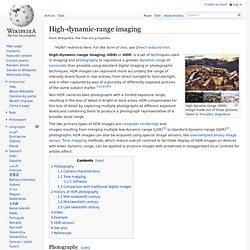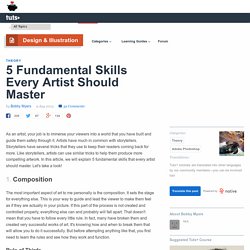

Exposure Value and Exposure Compensation. Yes – two related concepts – one involving a lot of math and one pretty simple.

Exposure Value (EV) is simply the combination of all shutter speeds and apertures that derive the same exposure. We probably don’t think about it very much but it’s out there all the same. The shutter speed 1/250th at f/8 has an identical EV to 1/125th at f/11. While these two groups of settings may define the same exposure, you might be tempted to ask “Well – WHAT exposure?” And that’s a good question that gets to the math of the problem. Well – take a look at this chart, for ISO 100. Okay – now take a look at this chart. That’s right, want to shoot Christmas Tree lights (last value in the table one)? To photograph outdoor night sports at ISO 400, find the table one value of 9 and add 2 to get EV400 = 11. Most cameras don’t let you actually set an EV value for an exposure. Now just keep this in the back of your mind while you’re out shooting.
Charts courtesy of the Wikipedia article on Exposure Value. Exposure Value Chart. High-dynamic-range imaging. High-dynamic-range (HDR) image made out of three pictures.

Taken in Tronador, Argentina. High-dynamic-range imaging (HDRI or HDR) is a set of techniques used in imaging and photography to reproduce a greater dynamic range of luminosity than possible using standard digital imaging or photographic techniques. HDR images can represent more accurately the range of intensity levels found in real scenes, from direct sunlight to faint starlight, and is often captured by way of a plurality of differently exposed pictures of the same subject matter.[1][2][3][4] Non-HDR cameras take photographs with a limited exposure range, resulting in the loss of detail in bright or dark areas.
HDR compensates for this loss of detail by capturing multiple photographs at different exposure levels and combining them to produce a photograph representative of a broader tonal range. Photography[edit] Dynamic ranges of common devices Any camera that allows manual exposure control can create HDR images. Software[edit] Visualizacion arquitectónica. ANIMACION. Posproducción. Formatos de Render. Morelli 3d.
[CG Textures] - Textures for 3D, graphic design and Photoshop! TAREA. Notas2. NOTAS. Notas. 5 Fundamental Skills Every Artist Should Master. As an artist, your job is to immerse your viewers into a world that you have built and guide them safely through it.

Artists have much in common with storytellers. Storytellers have several tricks that they use to keep their readers coming back for more. Like storytellers, artists can use similar tricks to help them produce more compelling artwork. In this article, we will explain 5 fundamental skills that every artist should master. Let's take a look! The most important aspect of art to me personally is the composition. This is the simplest and most used composition technique, one that I use a lot myself. The main idea behind this is to place your most important element/object on one of the intersections where the lines converge (the +'s), as well as along or near the vertical line of wherever your focal may lie. It is believed that when this is used and your subject/focal sits on one of these spots, it creates more interest in your picture rather than having it centered.
THE SEVENTH ART - INDEX. Neoscape - 3D illustrations, Films, Interactives, Branding & Design. MIR. // 3DTotal.com - CG artists homepage with fresh CG industry news // Modelado poligonal. Conceptos de modelado de personajes. Tarea. UN-WRAP. UV Unwrapping - Part 1 - Introduction.